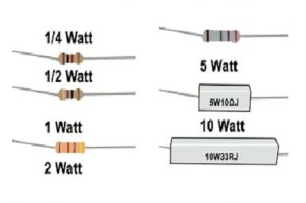RTL (Resistor-Transistor Logic): Circuitry, Operation, Distinctions, Characteristics, and Applications
RTL, which stands for Resistor-Transistor Logic, is a fundamental digital circuit design technique that employs resistors and transistors to perform logical operations. Below is an overview of RTL, covering its circuitry, operation, distinctions from other logic families, characteristics, and various applications.
Circuitry:
RTL circuits primarily consist of bipolar transistors (usually NPN type) and resistors. The transistors are used as switches to control the flow of current, while the resistors are employed to establish appropriate voltage levels and current limits. The basic building blocks of RTL circuits include inverters, NAND gates, and NOR gates, which can be combined to create more complex logic functions.
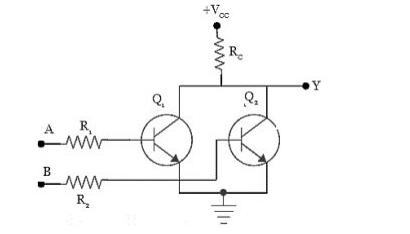
Operation:
In RTL, the transistors operate in either the saturation (on) state or the cut-off (off) state, representing logical '1' and '0', respectively. The resistance values of the resistors are carefully chosen to ensure that the transistors switch reliably between these states. When an input signal changes, it causes a change in the current through the associated resistors and transistors, resulting in a change in the output voltage level.
Distinctions:
RTL differs from other logic families such as TTL (Transistor-Transistor Logic) and CMOS (Complementary Metal-Oxide-Semiconductor) in several ways. RTL circuits typically consume more power and generate more heat due to the use of resistors in the logic path. Additionally, RTL circuits have slower switching speeds compared to TTL and CMOS. However, RTL was an important precursor to these more advanced logic families and played a crucial role in the early development of digital electronics.
Characteristics:
Some key characteristics of RTL include:
High power consumption and heat generation.
Relatively slow switching speeds.
Simple circuit design and construction.
Robustness and reliability in certain applications.
Applications:
Despite its limitations, RTL has found applications in various fields. Early computers and digital systems often used RTL circuits due to their simplicity and reliability. Additionally, RTL circuits are still used in some specialized applications such as:
Military and aerospace systems, where reliability and robustness are paramount.
Test equipment and measurement systems.
Certain types of analog-to-digital converters (ADCs) and digital-to-analog converters (DACs).
In summary, RTL represents an important milestone in the evolution of digital electronics. While it has been largely replaced by more advanced logic families, RTL's contributions to the field are still felt today in the design and construction of modern digital systems.
Email us
-
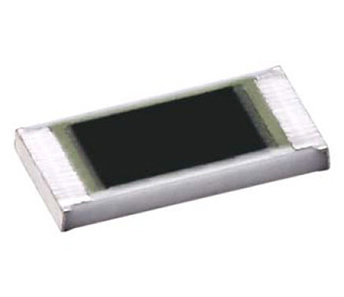 Trimmable Thick FilmChip Resistor
Trimmable Thick FilmChip Resistor
-
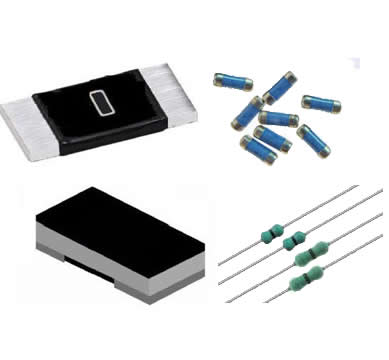 Jumper Resistor
Jumper Resistor
-
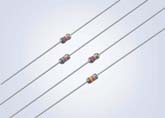 Ignition Resistor
Ignition Resistor
-
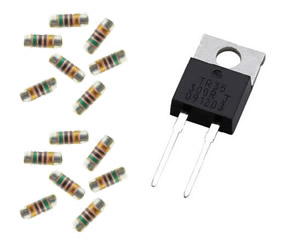 High Frequency Resistor
High Frequency Resistor
-
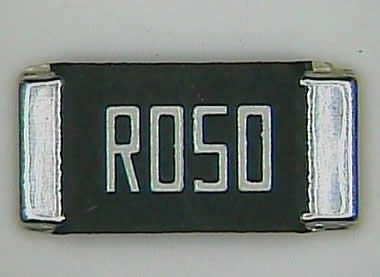 Milliohm Resistor
Milliohm Resistor
-
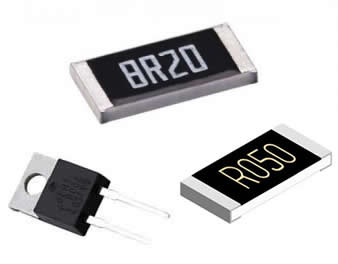 Non-Inductive Resistor
Non-Inductive Resistor
-
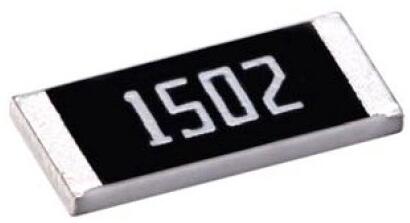 Surge Resistor
Surge Resistor
-
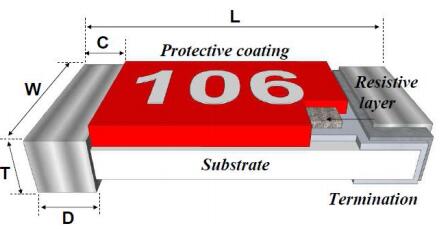 Safety Resistor
Safety Resistor
-
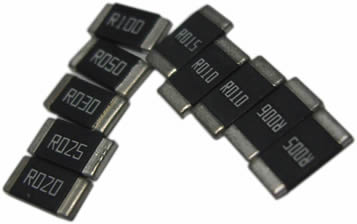 Alloy Resistor
Alloy Resistor
-
 KB RESISTOR
KB RESISTOR
-
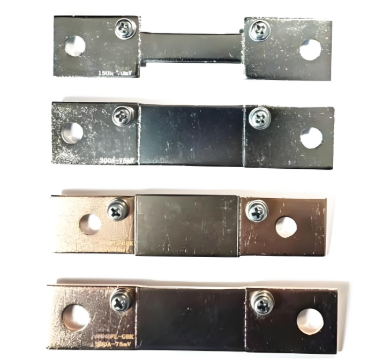 GFL Precision Shunt Resistor
GFL Precision Shunt Resistor
-
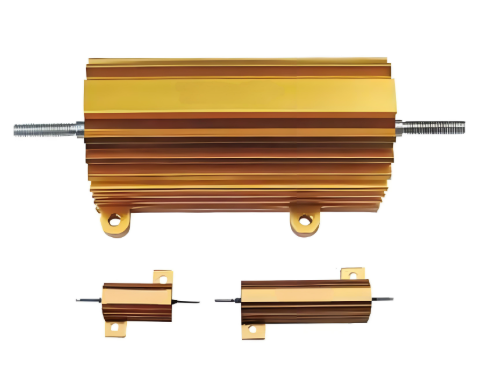 RE power aluminum case wound resistor
RE power aluminum case wound resistor
-
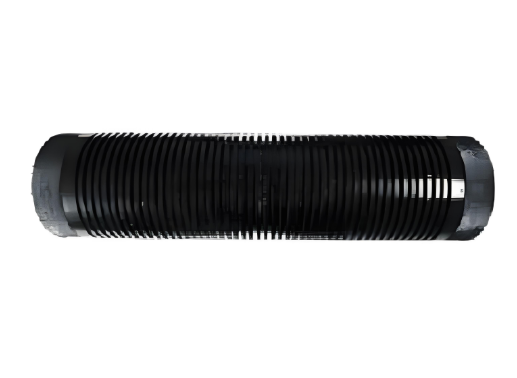 RXLG - A (RXG) high power aluminum alloy resistor
RXLG - A (RXG) high power aluminum alloy resistor
-
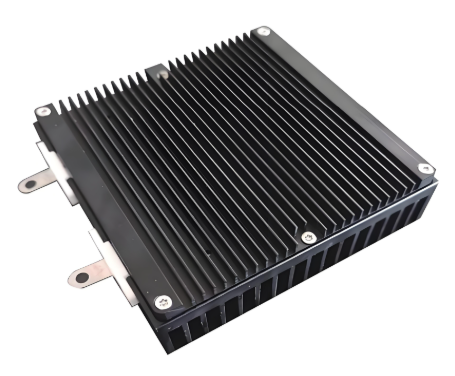 RGFL Power type air cooled module resistor
RGFL Power type air cooled module resistor
-
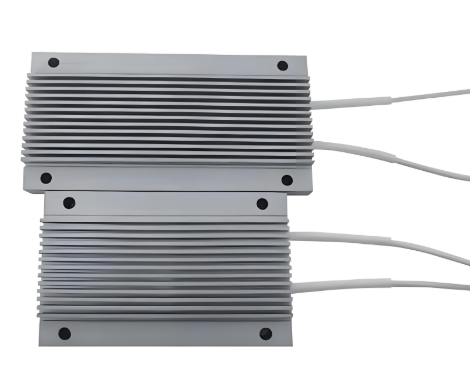 RXLB - M Power type aluminum shell wire wound resistor
RXLB - M Power type aluminum shell wire wound resistor
-
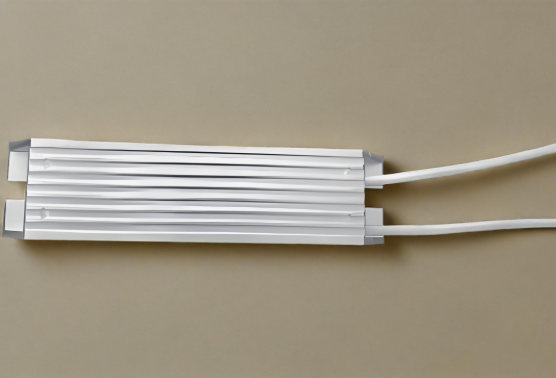 RXLG - A Power type aluminum shell wire wound resistor
RXLG - A Power type aluminum shell wire wound resistor
-
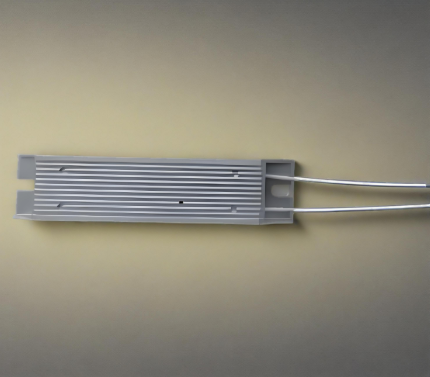 RXLG - B Power type aluminum shell wire wound resistor
RXLG - B Power type aluminum shell wire wound resistor
-
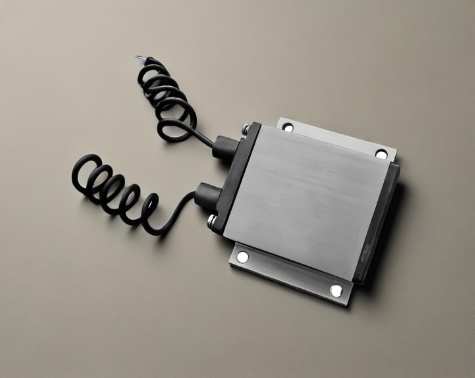 RXLG - T High voltage withstand power aluminum alloy resistor
RXLG - T High voltage withstand power aluminum alloy resistor
-
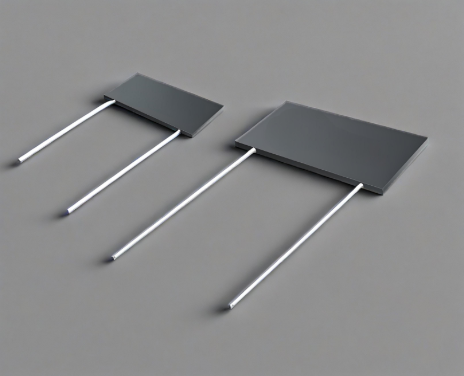 TYHVR High - Voltage Thick - Film Resistor
TYHVR High - Voltage Thick - Film Resistor
-
 TYRIP (TYRI80) Precision High - Resistance High - Voltage Resistor
TYRIP (TYRI80) Precision High - Resistance High - Voltage Resistor
-
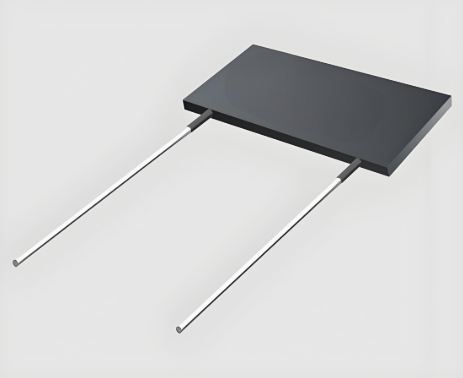 TYGST High - Resistance Thick - Film Resistor
TYGST High - Resistance Thick - Film Resistor
-
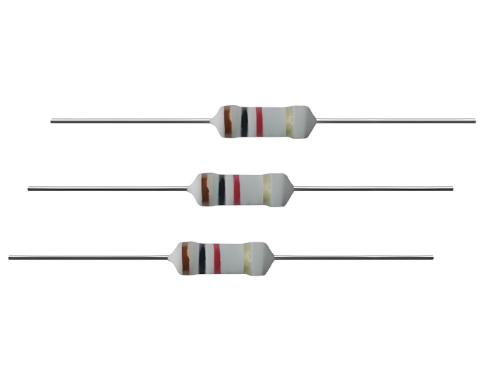 TYRI40 High - Resistance Glass Glaze Film Resistor
TYRI40 High - Resistance Glass Glaze Film Resistor
-
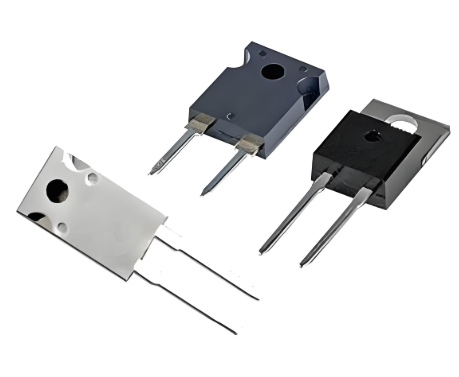 TYRTP 35W~100W Power Thick - Film Resistor
TYRTP 35W~100W Power Thick - Film Resistor
-
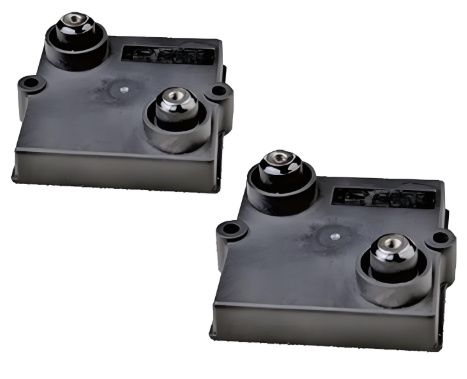 TYRHP600 600W Power Thick - Film Resistor
TYRHP600 600W Power Thick - Film Resistor
-
Trimmable Thick Film Resistor Characteristics: Detailed Insights into Key Features, Applications, and Selection Criteria for Engineers

Trimmable Thick Film Resistor Characteristics: Detailed Insights into Key Features, Applications, and Selection Criteria for EngineersTrimmable thick film resistors are essential components in various...
-
Exploring Different Types of Alloy Resistors: Materials, Applications, and Characteristics
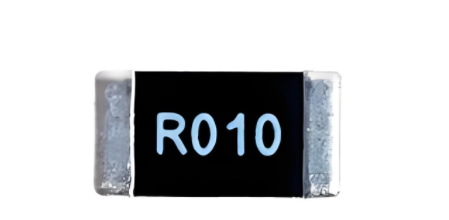
Exploring Different Types of Alloy Resistors: Materials, Applications, and CharacteristicsWelcome to this guide on alloy resistors. In this article, we will explore the different types of alloy resist...
-
The Working Principle of Power Shunt Resistors and Their Low Resistance Characteristics
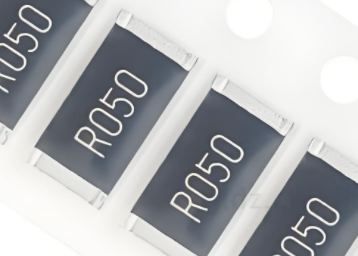
<!-- 引言部分 -->IntroductionIn the field of electronics and electrical engineering, accurately measuring electrical current is crucial for various applications such as power management, battery m...
-
High precision resistor applications
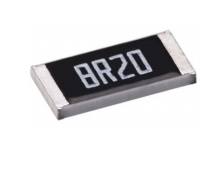
<!-- Introduction -->High Precision Resistor Applications: A 2024 Technical GuideHigh precision resistors are critical components in electronics where stability, accuracy, and low temperature coeffici...
-
Introduction to 10k Ohm Jumper Resistor Applications
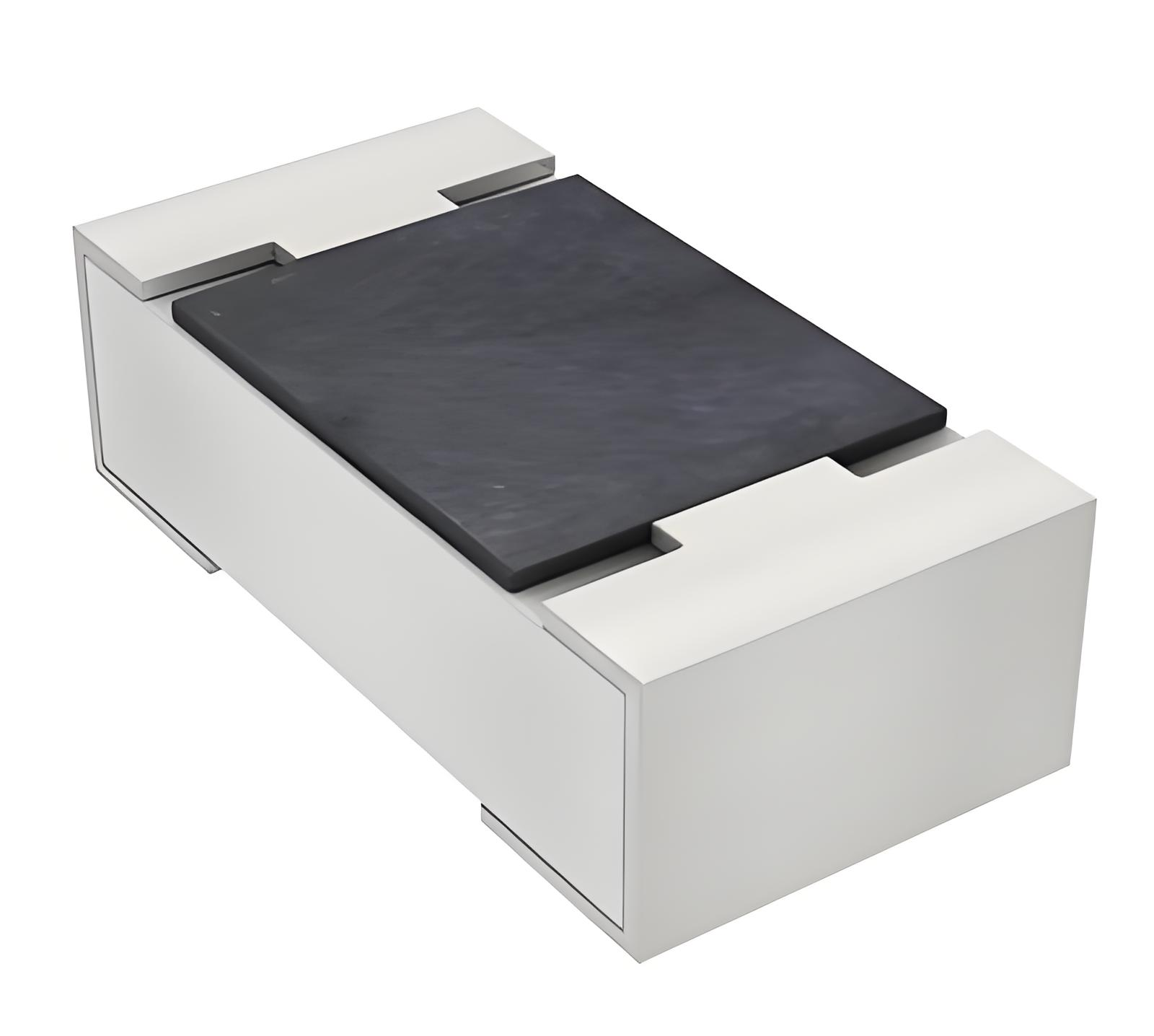
Introduction to 10k Ohm Jumper Resistor ApplicationsThe 10k Ω jumper resistor is a versatile component in electronic circuits, serving critical roles in configuration, signal conditioning, and fault ...
-
What Is a KB Resistor? Definition, Function, Applications & Technical Specifications Explained
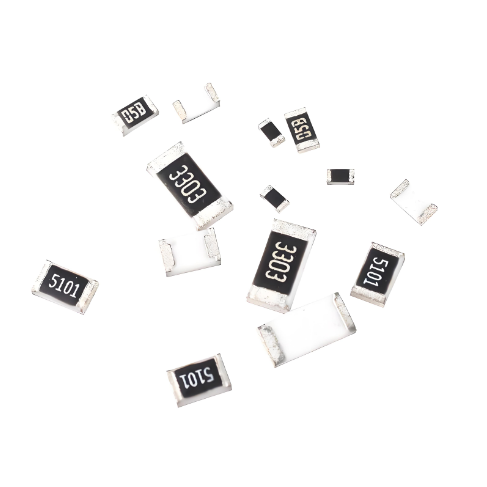
1. What Is a KB Resistor Core DefinitionA KB resistor is a fixed, through-hole resistor with a standardized nominal resistance value, most commonly 1kΩ (1,000Ω). Unlike variable resistors (e.g., pot...
-
600W Power Resistor: Comprehensive Technical Specifications & Applications Explained
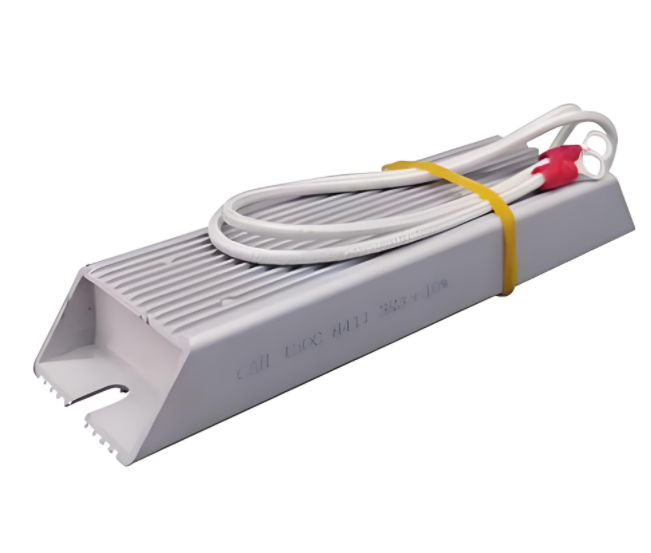
600W Power Resistor: Comprehensive Technical Specifications & Applications Explained<!-- 引言 -->IntroductionPower resistors up to 600W play pivotal roles in various industrial sectors like elec...
-
Exploring Precision Resistor Innovations: Advanced Solutions for High-Stability Applications

IntroductionIn today's rapidly evolving electronics landscape, precision resistor innovations are playing a pivotal role in ensuring performance reliability across high-stability applications. As ...
-
MELF Resistor Basics: Definition, Function, Applications & Key Specifications Explained
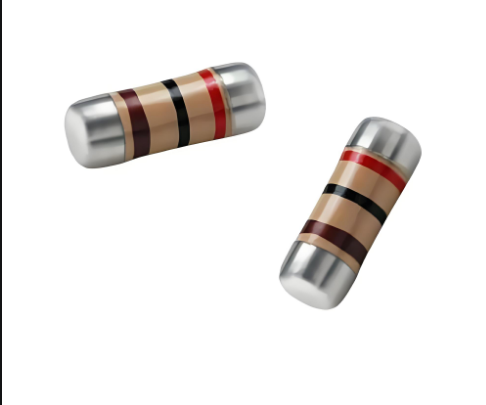
1. What Is a MELF Resistor Core DefinitionA MELF resistor is a leadless, surface-mountable resistor with a cylindrical metal electrode structure. Unlike traditional through-hole resistors (e.g., THT),...
-
Power Shunt Resistor Applications: From Industrial Equipment to Renewable Energy and Electric Vehicles

IntroductionPower shunt resistors are essential components in various electrical systems, providing critical functions such as current sensing, voltage division, and power management. Their applicatio...
-
High Frequency Resistor up to 40 GHz: Thin Film Solutions for RF Applications
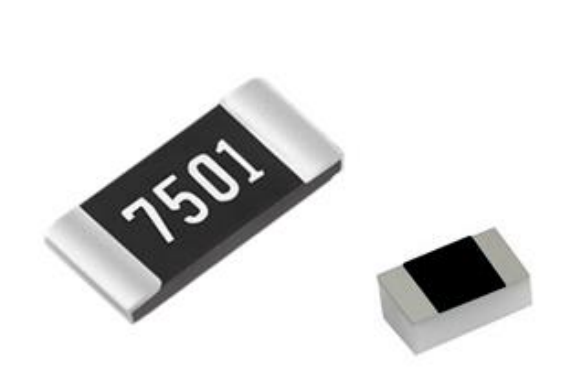
High Frequency Resistor up to 40 GHz: Thin Film Solutions for RF Applications<nav></nav>IntroductionIn the realm of high-frequency electronics, the demand for reliable and efficient components has nev...
-
Low TCR Resistor Power Rating: Selection Guide, Applications & How to Avoid Overheating
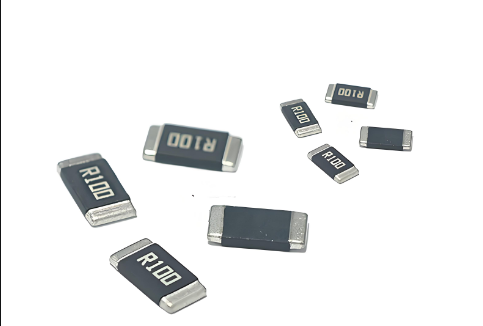
1. What Is a Low TCR Resistor Power RatingThe power rating of a low TCR resistor specifies the maximum power ($P$) it can safely dissipate without exceeding its temperature limit (typically 125°C–1...
-
600W Wirewound Power Resistor: High - Current Handling and Thermal Stability for Industrial Applications
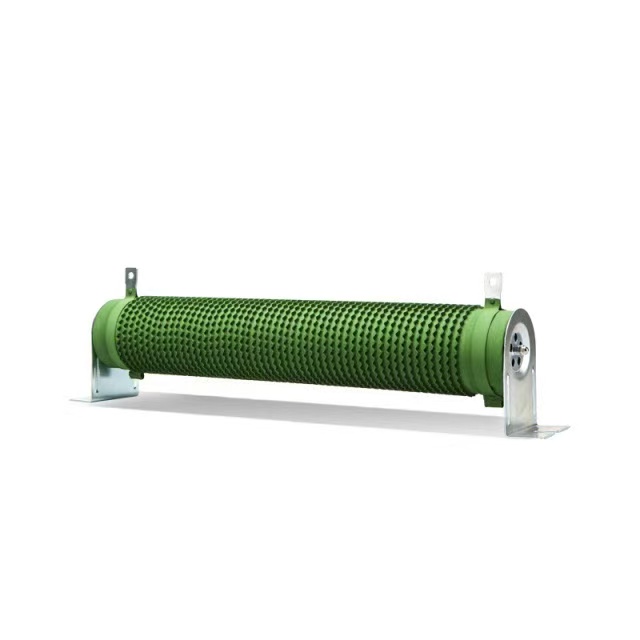
600W Wirewound Power Resistor: High - Current Handling and Thermal Stability for Industrial ApplicationsIn high - power industrial systems, the 600W wirewound power resistor is a cornerstone component...
-
Low Inductance Shunt Resistor: Applications, Benefits, and Technical Specifications for High-Precision Current Sensing
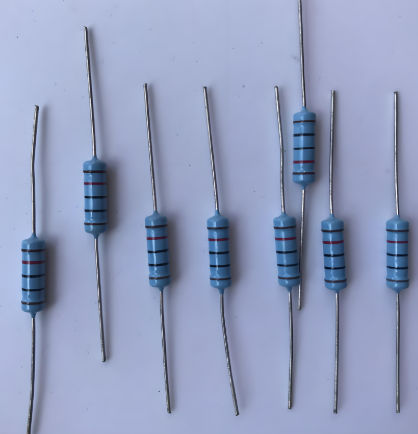
IntroductionIn the realm of electrical engineering and electronics, precise current measurement is crucial for a wide range of applications, from power systems to sensitive electronic circuits. The lo...
-
Carbon Composition Resistor High Frequency Applications: Unveiling the Unique Advantages and Niche Uses in Modern Electronics
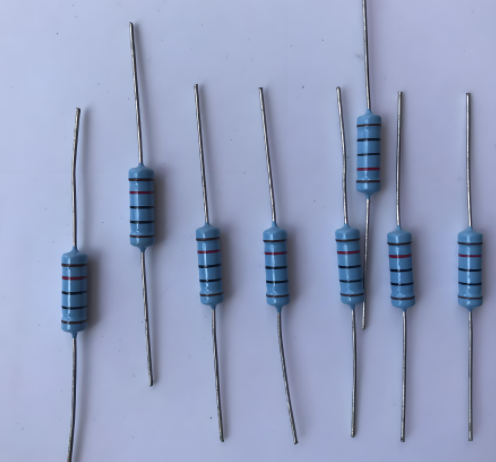
Carbon Composition Resistor High Frequency Applications: Unveiling the Unique Advantages and Niche Uses in Modern ElectronicsIntroductionCarbon composition resistors have been a cornerstone in the wor...
-
Ultra-high Precision Resistor Stability: Key Factors, Optimization Techniques, and Industrial Applications for ±5ppm/°C Performance
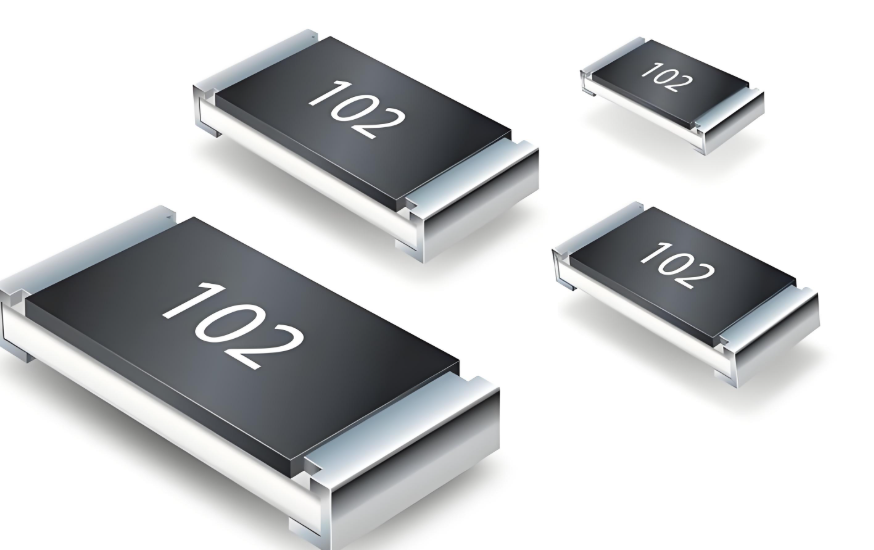
IntroductionIn the realm of electronics and precision engineering, the stability of ultra-high precision resistors is of paramount importance. These resistors are crucial components in various applica...
-
Low TCR Resistor Arrays: A Guide to Matched TCR, Precision, and Applications
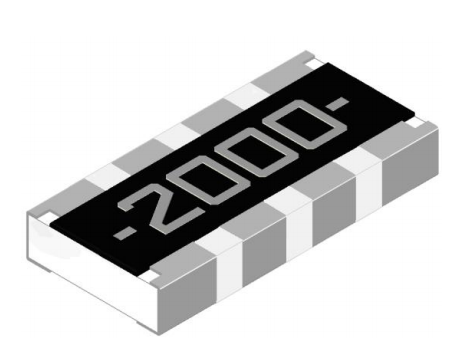
Low TCR Resistor Arrays: A Guide to Matched TCR, Precision, and ApplicationsIn precision circuit design, managing individual component drift is challenging enough. But what happens when you need multi...
-
High Voltage Resistor Stability: Ensuring Long - Term Performance in High - Voltage Applications

High Voltage Resistor Stability: Ensuring Long - Term Performance in High - Voltage ApplicationsIn high - voltage applications, the stability of resistors is crucial for the reliable operation of elec...
Resistor Supplies - Jepsun Tech Corporation
JEPSUN INDUSTRIAL is committed to always being one of our customers' favorite suppliers.
+86755-29796190 +8615920026751 [email protected]
Huangjiazhongxin building Donghuan Road Longhua District SHENZHEN City, GUANGDONG Prov. CHINA 518000

